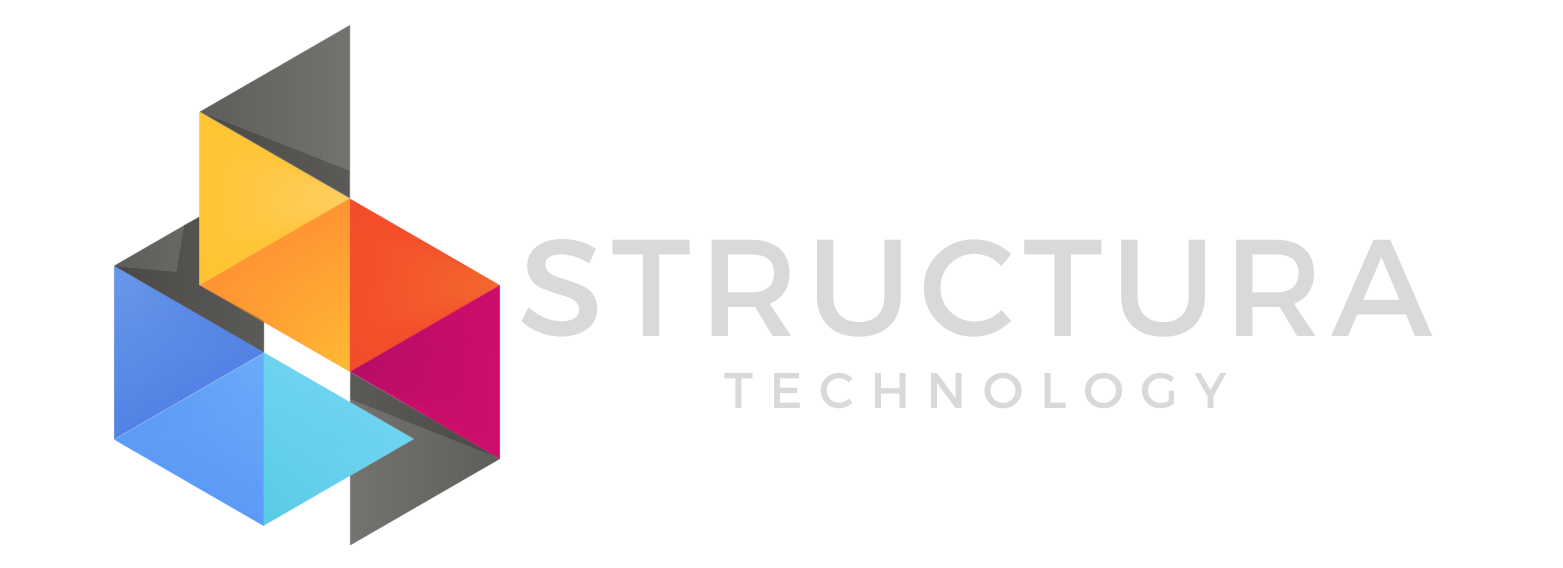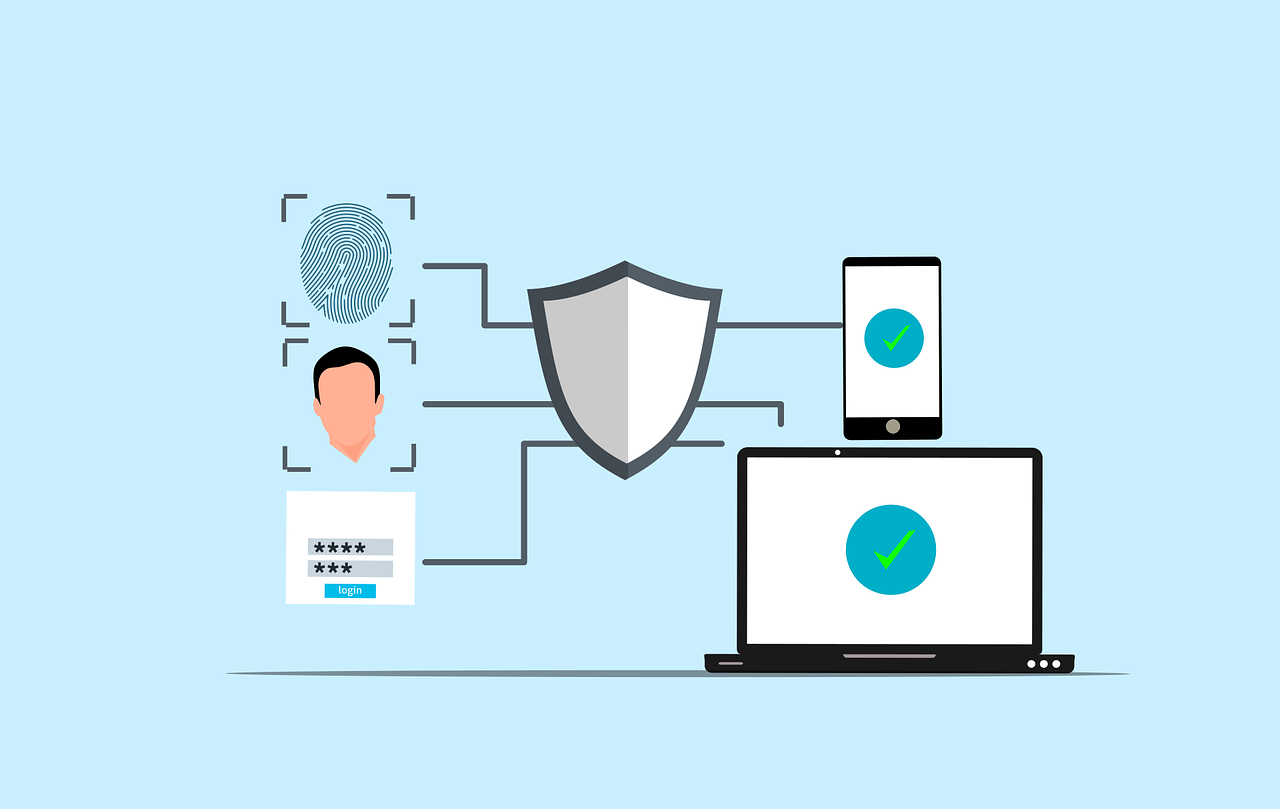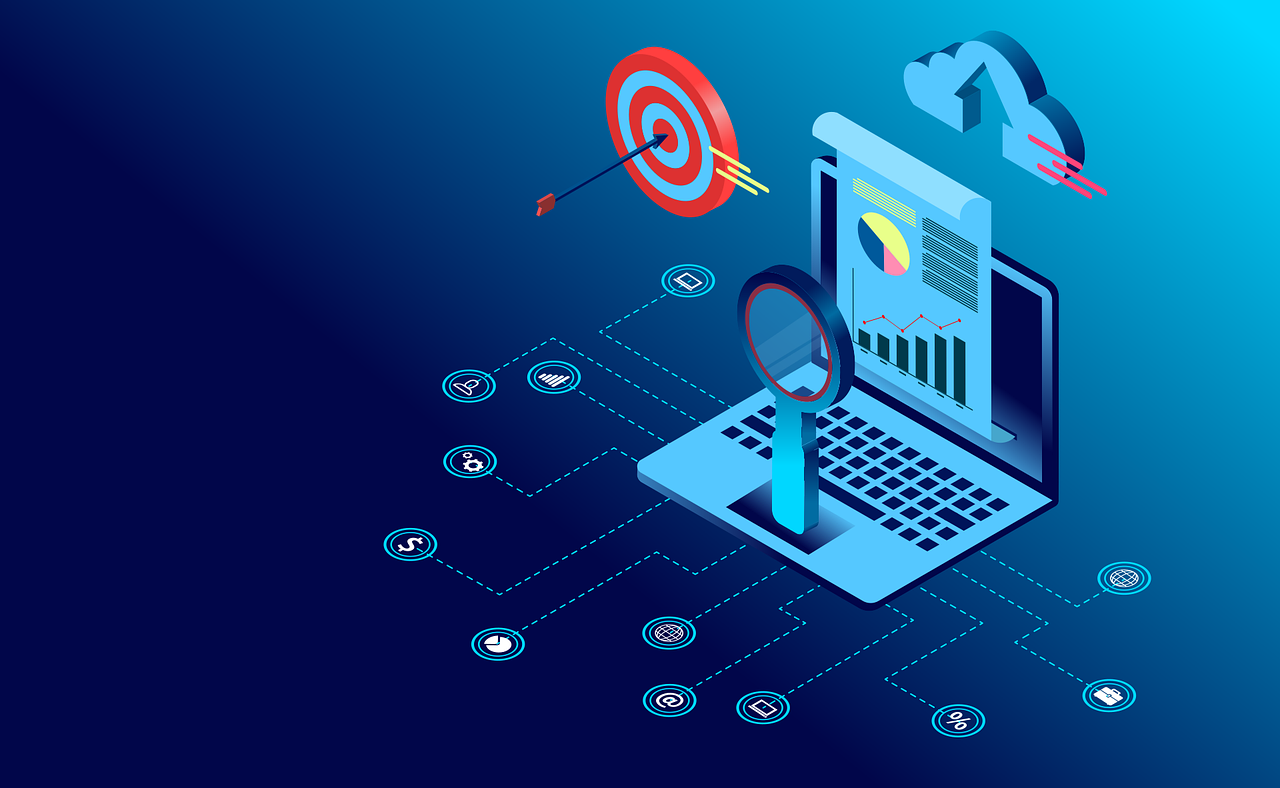Remote Work Security Revisited: Advanced Strategies for Protecting Your Business in 2025
The landscape of remote work has transformed dramatically over the past several years. What began as a reactive shift to keep operations going during a major global disruption has now solidified into a permanent mode of working for many organizations, especially small businesses.
If you’re running a business in this evolving digital landscape, it’s not enough to rely on good intentions or outdated security protocols. To stay protected, compliant, and competitive, your security measures must evolve just as quickly as the threats themselves.
In this article, we dive into advanced, up-to-date remote work security strategies tailored for 2025 to help you secure your business, empower your team, and protect your bottom line. Whether you’re managing customer data in the cloud, coordinating global teams, or simply offering hybrid work options, today’s remote operations come with complex security demands.
What is the New Remote Reality in 2025?
Remote and hybrid work has evolved from trends into expectations, and for many, they’re deal-breakers when choosing an employer. According to a 2024 Gartner report, 76% of employees now anticipate flexible work environments as the default. This shift, while offering more flexibility and efficiency, also creates new vulnerabilities.
With employees accessing sensitive data from homes, cafés, shared workspaces, and even public Wi-Fi networks, businesses face an expanded and more complex threat landscape.
Remote work in 2025 isn’t just about handing out laptops and setting up Zoom accounts. It’s about crafting and implementing comprehensive security frameworks that account for modern-day risks. Everything from rogue devices and outdated apps to phishing schemes and credential theft.
Here’s why updated security matters more than ever:
- Phishing attacks have evolved to mimic trusted sources more convincingly, making remote workers prime targets.
- Regulatory compliance has grown more intricate, with higher penalties for noncompliance.
- Employees are juggling more tools and platforms, raising the risk of unmonitored, unauthorized software usage.
Advanced Remote Work Security Strategies
A secure remote workplace in 2025 is not defined by perimeter defenses. It’s powered by layered, intelligent, and adaptable systems. Let’s explore the critical upgrades and strategic shifts your business should adopt now.
Embrace Zero Trust Architecture
Assume breach and verify everything. Zero Trust isn’t a buzzword anymore. It’s the backbone of modern security. This model ensures that no device, user, or network is trusted by default, even if it’s inside the firewall.
Steps to implement:
- Deploy Identity and Access Management (IAM) systems with robust multi-factor authentication (MFA).
- Create access policies based on roles, device compliance, behavior, and geolocation.
- Continuously monitor user activity, flagging any behavior that seems out of the ordinary
Expert tip:
Use services like Okta or Azure Active Directory for their dedicated support of conditional access policies and real-time monitoring capabilities.
Deploy Endpoint Detection and Response (EDR) Solutions
Legacy antivirus software is no match for today’s cyber threats. EDR tools provide 24/7 visibility into device behavior and offer real-time alerts, automated responses, and forensic capabilities.
Action items:
- Select an EDR platform that includes advanced threat detection, AI-powered behavior analysis, and rapid incident response.
- Integrate the EDR into your broader security ecosystem to ensure data flows and alerts are centralized.
- Update policies and run simulated attacks to ensure your EDR system is correctly tuned.
Strengthen Secure Access with VPN Alternatives
While VPNs still have a place, they’re often clunky, slow, and prone to vulnerabilities. Today’s secure access strategies lean into more dynamic, cloud-native solutions.
Recommended technologies:
- Software-Defined Perimeter (SDP) – Restricts access dynamically based on user roles and devices.
- Cloud Access Security Brokers (CASBs) – Track and control cloud application use.
- Secure Access Service Edge (SASE) – Merges security and networking functions for seamless remote connectivity.
These solutions offer scalability, performance, and advanced control for increasingly mobile teams.
Automate Patch Management
Unpatched software remains one of the most exploited vulnerabilities in remote work setups. Automation is your best defense.
Strategies to succeed:
- Use Remote Monitoring and Management (RMM) tools to apply updates across all endpoints.
- Schedule regular audits to identify and resolve patching gaps.
- Test updates in sandbox environments to prevent compatibility issues.
Critical reminder:
Studies show that the majority of 2024’s data breaches stemmed from systems that were missing basic security patches.
Cultivate a Security-First Culture
Even the most advanced technology can’t compensate for user negligence. Security must be part of your company’s DNA.
Best practices:
- Offer ongoing cybersecurity training in bite-sized, easily digestible formats.
- Conduct routine phishing simulations and share lessons learned.
- Draft clear, jargon-free security policies that are easy for employees to follow.
Advanced tip:
Tie key cybersecurity KPIs to leadership performance evaluations to drive greater accountability and attention.
Implement Data Loss Prevention (DLP) Measures
With employees accessing and sharing sensitive information across various devices and networks, the risk of data leaks (whether intentional or accidental) has never been higher. Data Loss Prevention (DLP) strategies help monitor, detect, and block the unauthorized movement of data across your environment.
What to do:
- Use automated tools to classify data by identifying and tagging sensitive information based on content and context.
- Enforce contextual policies to restrict data sharing based on factors like device type, user role, or destination.
- Enable content inspection through DLP tools to analyze files and communication channels for potential data leaks or exfiltration.
Expert recommendation:
Solutions like Microsoft Purview and Symantec DLP provide deep visibility and offer integrations with popular SaaS tools to secure data across hybrid work environments.
Adopt Security Information and Event Management (SIEM) for Holistic Threat Visibility
In a distributed workforce, security incidents can originate from anywhere endpoint devices, cloud applications, or user credentials. A SIEM system acts as a centralized nerve center, collecting and correlating data from across your IT environment to detect threats in real-time and support compliance efforts.
Strategic steps:
- Aggregate logs and telemetry by ingesting data from EDR tools, cloud services, firewalls, and IAM platforms to build a unified view of security events.
- Automate threat detection and response using machine learning and behavioral analytics to detect anomalies and trigger automated actions such as isolating compromised devices or disabling suspicious accounts.
- Simplify compliance reporting with SIEM tools that generate audit trails and support adherence to regulations like GDPR, HIPAA, or PCI DSS with minimal manual effort.
Expert Tips for Creating a Cohesive Remote Security Framework for Small Business Success
In the modern workplace, security isn’t a static wall. It’s a responsive network that evolves with every connection, device, and user action. A strong remote security framework doesn’t rely on isolated tools, but on seamless integration across systems that can adapt, communicate, and defend in real time.
Here are five essential tips to help you unify your security approach into a cohesive, agile framework that can stand up to today’s advanced threats:
Centralize Your Visibility with a Unified Dashboard
Why it matters:
Disconnected tools create blind spots where threats can hide. A centralized dashboard becomes your security command center, giving you a clear view of everything from endpoint health to suspicious activity.
What to do:
- Implement a Security Information and Event Management (SIEM) solution like Microsoft Sentinel, Splunk, or LogRhythm to gather data across EDR, IAM, firewalls, and cloud services.
- Integrate Remote Monitoring and Management (RMM) tools for real-time insights on endpoint performance and patch status.
- Create custom dashboards for different roles (IT, leadership, compliance) so everyone gets actionable, relevant data.
Standardize Identity and Access with Unified IAM
Why it matters:
Multiple sign-on systems cause confusion, increase risk, and slow productivity. A centralized IAM platform streamlines access control while strengthening your security posture.
What to do:
- Enable Single Sign-On (SSO) across business-critical applications to simplify user login and reduce password reuse.
- Enforce Multi-Factor Authentication (MFA) for all accounts, without exception.
- Set conditional access rules based on device health, location, behavior, and risk level.
- Regularly audit access permissions and apply the principle of least privilege (PoLP) to limit unnecessary access.
Use Automation and AI for Faster, Smarter Threat Response
Why it matters:
Cyberattacks move fast, your defense must move faster. AI and automation help you detect and neutralize threats before they escalate.
What to do:
- Configure your SIEM and EDR systems to take automatic actions, like isolating devices or locking compromised accounts, based on predefined rules.
- Use SOAR platforms or playbooks to script coordinated incident responses ahead of time.
- Employ AI-driven analytics to spot subtle anomalies like unusual login patterns, data transfers, or access attempts from unexpected locations.
Run Regular Security Reviews and Simulations
Why it matters:
Cybersecurity isn’t “set it and forget it.” Your business evolves, and so do threats. Regular reviews help you stay aligned with both.
What to do:
- Conduct quarterly or biannual audits of your full stack, including IAM, EDR, patch management, backup strategies, and access controls.
- Perform penetration testing or run simulated attacks to expose gaps and stress-test your systems.
- Monitor user behavior and adjust training programs to address new risks or recurring mistakes.
If you’re stretched thin, work with a trusted Managed IT Service Provider (MSP). They can provide 24/7 monitoring, help with compliance, and advise on strategic upgrades, acting as an extension of your internal team.
Build for Long-Term Agility, Not Just Short-Term Fixes
Why it matters:
Your security framework should be as dynamic as your workforce. Flexible, scalable systems are easier to manage and more resilient when your needs change.
What to do:
- Choose platforms that offer modular integrations with existing tools to future-proof your stack.
- Look for cloud-native solutions that support hybrid work without adding unnecessary complexity.
- Prioritize usability and interoperability, especially when deploying across multiple locations and devices.
Remote and hybrid work are here to stay, and that’s a good thing. They offer agility, talent access, and productivity. But these advantages also introduce fresh risks that demand smarter, more resilient security practices. With tools like Zero Trust frameworks, EDR, SASE, patch automation, and employee training, you can turn your remote setup into a secure, high-performing environment. These advanced tactics not only keep your systems safe but also ensure business continuity, regulatory compliance, and peace of mind.
Are you ready to take your security to the next level? Connect with a reliable IT partner today and discover how cutting-edge strategies can safeguard your business and keep you one step ahead of tomorrow’s threats. Your defense starts now.
—
This Article has been Republished with Permission from The Technology Press.











